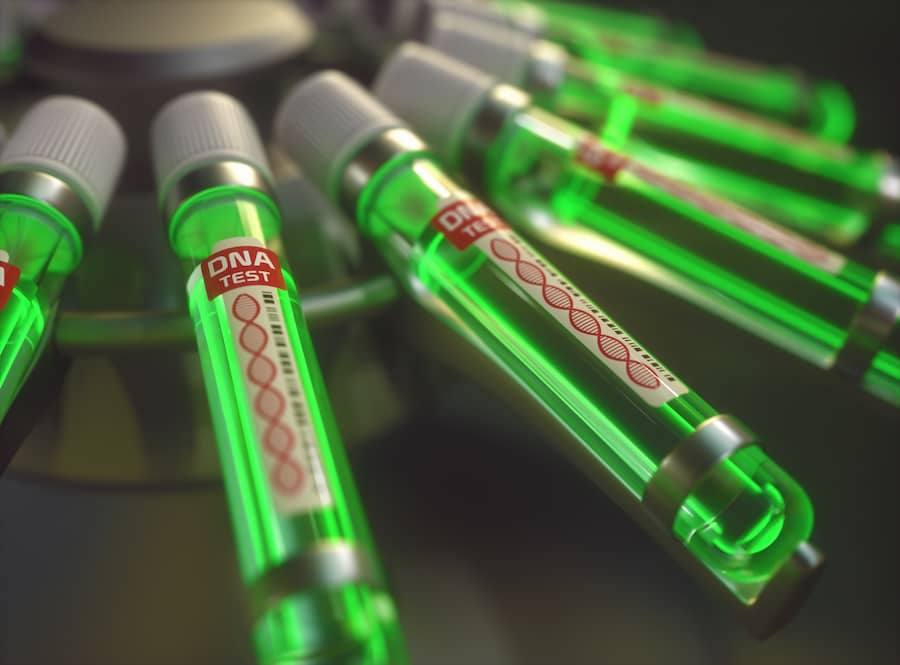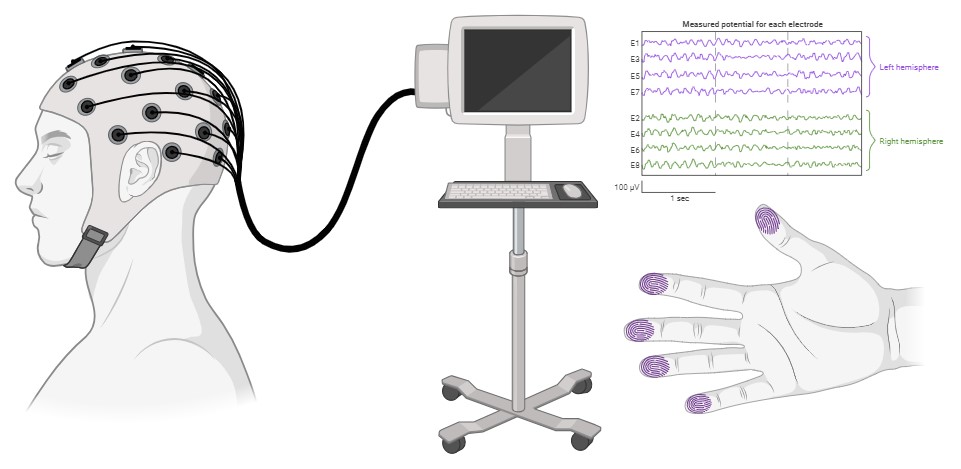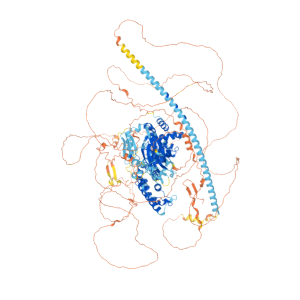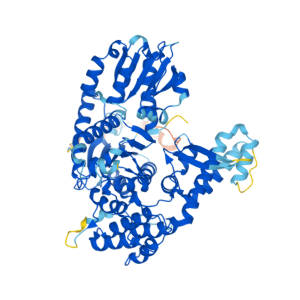
Team Leader:
What are biomarkers?
Biomarkers in rare disorder research are measurable biological features or indicators that provide information about the presence, severity, and progression of a disorder, as well as response to any treatments or therapies. They include a wide range of biological molecules, such as genes (DNA), proteins, or metabolites that can be objectively measured and quantified. They can also include brain activity itself.
For example, we know that the STXBP1 disorder patient population exhibits a wide range of symptoms and severity. If we had a blood test or an EEG test that could predict the severity of a given symptom in people with STXBP1, this would enable us to better predict a child’s long-term prognosis or response to treatment. Currently there are no biomarkers for STXBP1 or SYNGAP1. Thus, one of our highest priorities is to identify physiological and molecular biomarkers in these patients.
Physiological biomarkers – Quantitative electroencephalography (qEEG)
ENDD researchers at CHOP use quantitative electroencephalography (qEEG) measurements to gain insights into the neurophysiological dysfunction in STXBP1 and SYNGAP1 disorders. qEEG is a non-invasive technique that records electrical activity in the brain through electrodes placed on the scalp with a specialized cap. The data obtained can provide highly specific, quantitative information about brain activity. Ultimately, our goal is to use qEEG to discover a specific ‘STXBP1’ or ‘SYNGAP1’ brain activity signature or fingerprint which can be used to assess treatment efficacy.

Molecular biomarkers – Proteomic analyses
Conducting various proteomic tests of markers found in the cerebrospinal fluid (CSF) and blood serum of people with STXBP1 and SYNGAP1 disorders will help us determine whether certain proteins are disproportionately found in patients versus controls samples. The use of proteomic biomarkers in STXBP1 and SYNGAP1 disorders aims to discover potential new targets that may be of therapeutic benefit or may function as a molecular readout of treatment effectiveness.






